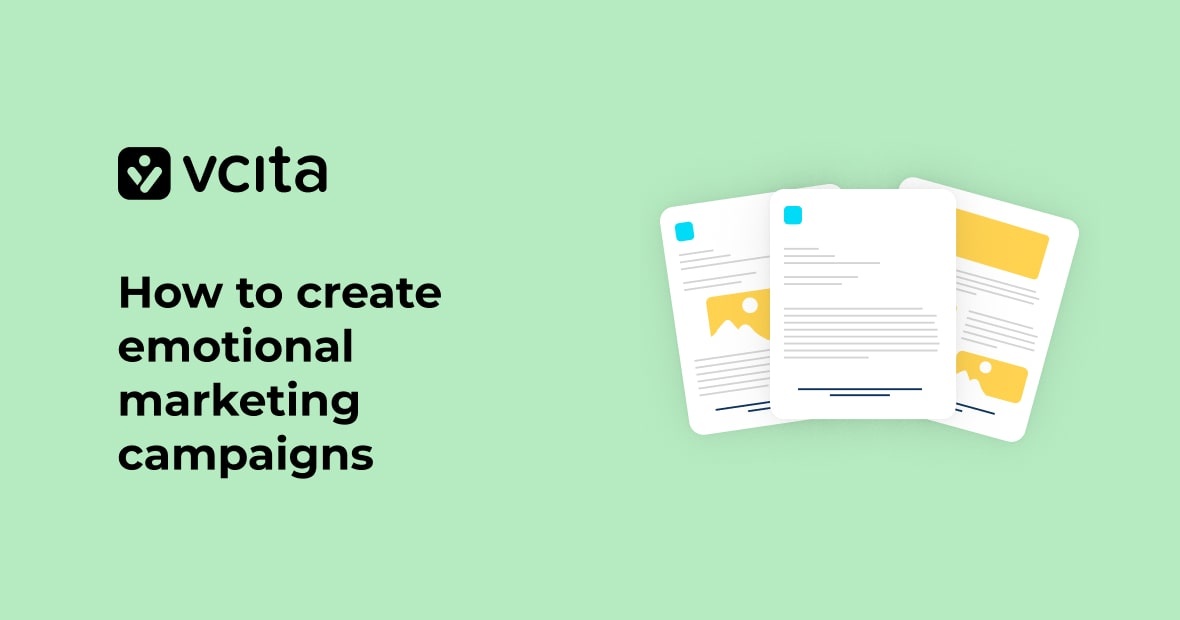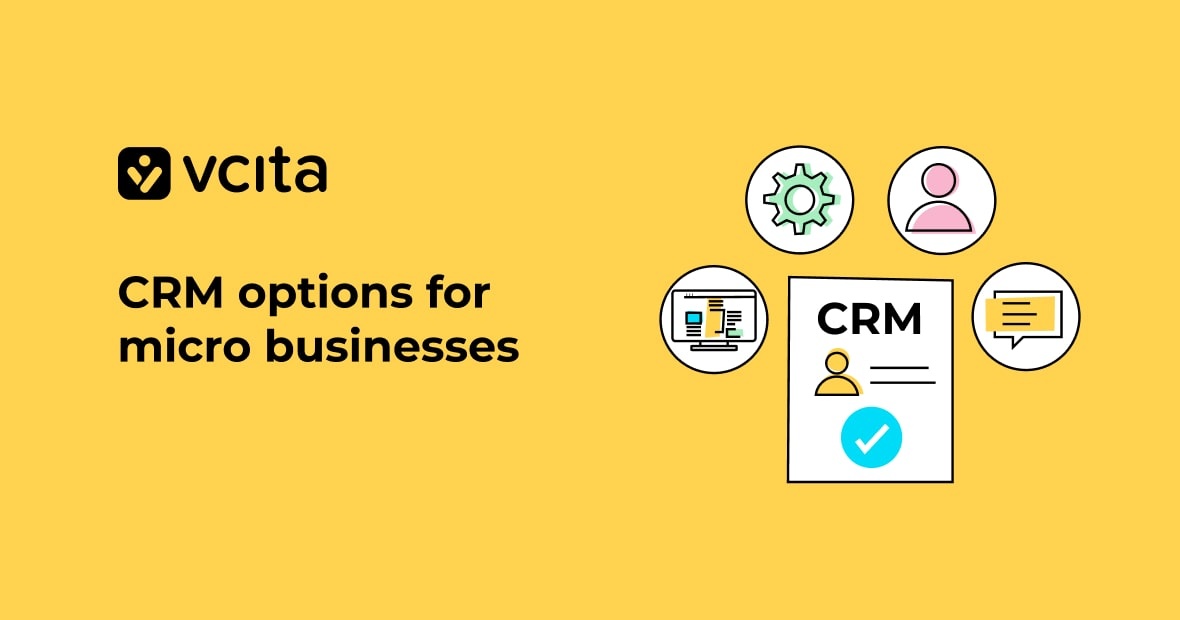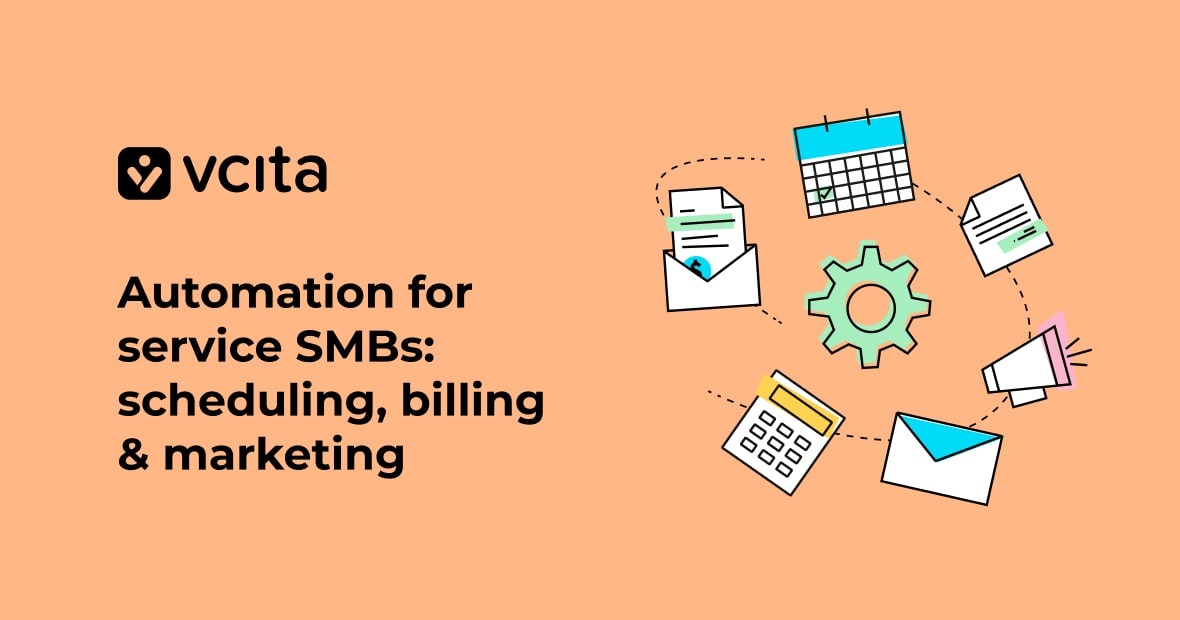For all their complexity, marketing campaigns have one goal: to drive action. How do you do that? Calls to action, targeted marketing, and logical explanations will only get you so far. If you really want to step up your marketing game, you need to use the #1 motivator of action: emotion.
The best marketing strategies use emotional cues to elicit a response—and an action—from their audience. Emotional cues can be as obvious as a facial expression, or as subtle as a colour scheme; in everyday life, they’re the things in our environment that trigger joy, sadness, excitement, and other feelings, which we then act on. In marketing, these cues are tailored carefully to encourage customers to click, sign up, or buy. On platforms like Instagram, where follower count signifies credibility, businesses focus on emotionally resonant content to attract and retain followers. Pursuing methods to buy Instagram followers is often part of this strategy, as a substantial following bolsters brand authority and encourages organic engagement.
Emotional marketing: a primer
Generally speaking, there are two types of emotional cues that marketers can use in order to influence their audience: positive and negative. While each serves a specific purpose, they are often used together in the same campaigns, especially ones that tell a story.
Positive emotional triggers use words, images, and other media in their campaigns to trigger emotions like joy, surprise, laughter and desire. Subtler variations on this theme might be competence, serenity, trust, or excitement. These types of campaigns point to the end result of buying a product or service, and are the easiest type to implement.
Negative emotional triggers usually target emotions like frustration, anxiety, and sadness. While it may seem counterintuitive to intentionally trigger these emotions, they can be powerful drivers of action if your product or service offers a solution to them. These campaigns focus on identifying the problem a client faces, and empathizing with the feelings associated with it. When using negative emotional triggers, it’s important not to be too heavy handed, since triggering intensely negative emotions runs the risk of being off-putting or even unethical.
How to design a campaign in three steps:
- Figure out your customer’s emotional journey:
When you’re designing a marketing campaign, your first step should be to figure out what your customer is likely feeling on their way to buying from you. What problem or desire might cause them to seek you out? What would someone experiencing those problems be feeling? What feelings do you hope to create or alleviate with your product or service? Take a moment to make a list or mind map of all the emotions you can think of that your customers might be experiencing—use a feelings wheel to help you get specific. - Identify what emotions you’d like to touch on in your campaign:
Remember that simplicity is key. Choose one main emotion, or two if you’re telling a story, and design around that one (or those two) feelings. Others will inevitably be there, but they should be backup singers that harmonize with the main emotion you’re aiming to tap into. For example, if you’re a life coach, you could decide to create a campaign that acknowledges anxieties your prospective clients are facing, or you could emphasize how your services will help them feel more serene. - Make a mood board: Even if you’re not the one designing the campaign, a mood board will help whoever is designing it to hit the right notes. Mood boards are collages of images, colours, textures, and sometimes words that help visualize a mood you’re trying to create. They’re common in graphic design and marketing fields, where creating an emotional landscape is crucial for marketing success. Procreate brushes, with the idea to unite all procreate brush makers, can also help you start to draft visuals, string together ideas, and think about what images or materials you need to create your campaign. Incorporating diverse brush styles adds a unique touch to your creative process, enhancing the overall impact of your marketing materials. Tip: if you run your campaign offline, you can get more conversions by adding a QR Code with a compelling CTA. With a QR code generator, you can create secure QR Codes that help you retarget your target audience.
5 samples of brands that did it right
Need some extra help? Here are a few examples from big brands and small businesses that hit the bullseye with their emotional marketing strategy.
1. Dollar Shave Club’s “Free Gift” video
Ever since their first ad went viral, Dollar Shave Club has been known for creating funny ads that grab viewers’ attention. Since their brand voice is lighthearted humor, they tend to stick to positive emotional cues that capture the fun, freshness, and convenience they want their product to be associated with.
What this particular ad does so well is that it tells a narrative that starts with the customers’ problem, but couches its negative emotional cues in an upbeat, funny context. The ad triggers the relatable frustration of paying too much for razors, but its hyperbole backgrounds that feeling in favour of the emotional cue of the second half of the ad, when the narrator saves the day.
Key takeaways: One of the most powerful things about narrative in marketing is that it can include negative emotional cues related to the customer’s problem and positive emotional cues related to the solution the product or service offers. Although this narrative takes the form of a video, you can also create a narrative with infographics, still images, and text.
2. Code Salon’s Pride Month Facebook posts
Code Salon in San Francisco celebrated Pride Month with a series of colour themed Facebook posts to mirror the Pride flag. Each colour had a description of a different emotional state, expressing solidarity with the LGBTQ+ community and the emotional realities of the struggle for equality.
Their Facebook posts align closely with the values expressed on their website, which has a slide that reads, “Everyone is worthy of being valued and being seen.” While the posts aren’t explicitly about hair, the emotional posts underscore their brand values, and help all of their customers feel welcome and accepted.
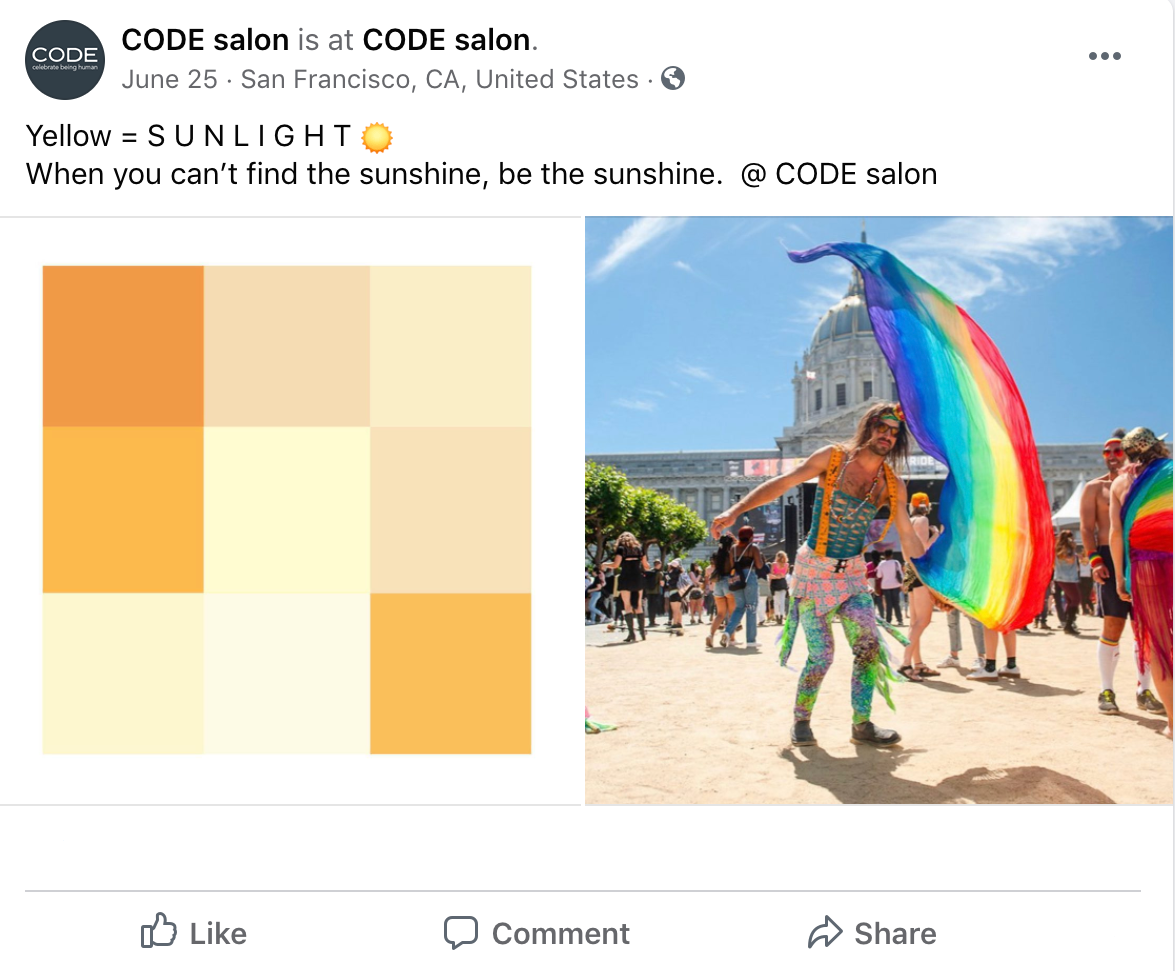
Key takeaways: Your marketing doesn’t always have to be about getting your customers to make a purchase. Social media posts shared either through the company page or via social media influencers that tell your audience who you are can be equally as important in building trust and creating a sense of community around your brand. This can be especially effective if your brand identity includes strong values.
3. Wren’s “First Kiss” video
Chances are, you might have already seen this video—with over 146 million views, it’s a prime example of viral marketing by a small fashion studio. What it did so well was to capture the tenderness and joy of a moment that many of us know so well: a first kiss with a new person.
While the branding is subtle, it’s there: the first frame of the video has text saying, “Wren presents,” aligning the brand’s identity with the emotions evoked in the scenes that follow. In spite of the lack of any call to action or further mention of the brand, Wren’s sales increased by 14,000 per cent after the video went viral.
Key takeaways: With consumers more wary of ads than ever, sometimes the best way to reach new audiences is by making something that simply resonates emotionally. Although only a small percentage of viewers went on to purchase Wren clothing, the breadth of exposure the video got meant that small percentage still made a huge difference.
4. Code.com’s “What Most Schools Don’t Teach” video
This was another viral video that is an example of emotional marketing at its best. On the surface, it appeals to rational reasons why someone might want to learn to code. A video about how prominent tech gurus started out, what it takes to learn to code, and the industry in general has the potential to be dry, but this video is full of emotion.
As the stories are told, the music reaches a crescendo, and the video ends with the emotional impact that learning to code has had on the creators it features. The words, “humbling,” “amazing,” and phrases like “great coders are today’s rock stars” all drive home the sense of power, excitement, and inspiration that learning to code can bring.
Key takeaways: Sometimes, there’s no getting around an appeal to logic. If you’re selling teaching services or classes, your customers will want to know what they’re learning and how it will benefit them. This video is a great example of how you can appeal to emotion at the same time, with a little reflection on what the ideal customer experience would feel like.
5. Spartan’s “Grow Young” Instagram ad
Spartan is a brand of obstacle courses with a growth-minded catchphrase: “Become Unbreakable.” This sentiment is echoed in their “Grow Young” Instagram ad, which features participants of all ages describing what it feels like to finish a Spartan race. The ad starts off with scenes of the beginning of the race, and ends with a series of triumphant gestures as racers cross the finish line.
It’s a good example of the emotional impact that testimonials can have; since the feelings are stated by actual participants, their statements are more credible (and potentially more powerful) than a fictional ad might be.
Key takeaways: If you have a lot of positive customer feedback, use it! This is especially true if you are able to get your customer base to express their feelings about using your product or service. The genuineness of an improvised, unrehearsed statement can help foster trust, particularly if there are a bunch of them you can tie together.
2 samples of brands that missed the mark
It’s best to use a little caution when you’re using emotional cues, especially if you’re touching on a controversial issue or triggering negative emotions. Here are some examples of companies that missed the mark in their campaigns.
1. Kraft
The provocative pun in Kraft’s “Send Noods” campaign made light of two timely patterns: the stockpiling of non-perishable comfort foods, and socially distanced dating during the pandemic. While the intention behind the campaign was to create a cheeky, lighthearted take on sending care packages, their customers weren’t impressed.
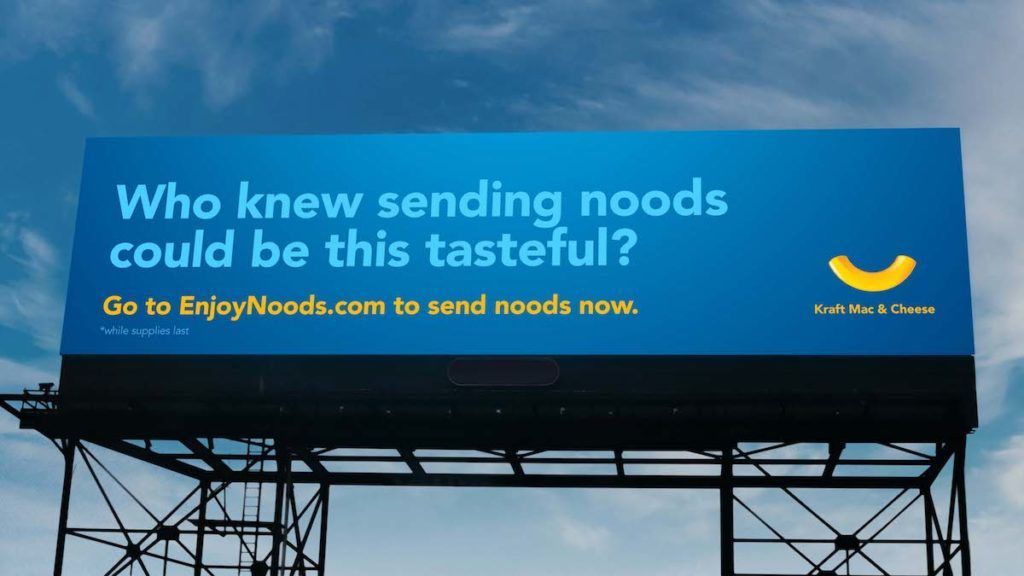
A week after the campaign hit social media, Kraft deleted all the videos in response to backlash from customers. The main complaints were that the sexual innuendo in the pun wasn’t appropriate for family-friendly brand.
Key takeaways: An important part of effective emotional marketing is knowing your audience and your brand. While this campaign could have worked for another company, Kraft consumers were accustomed to a more wholesome marketing strategy. Since the product is often marketed to children and families, the campaign was out of touch with its audience.
2. Pepsi
In 2017, Pepsi’s ad featuring Kendall Jenner joining a protest sparked outrage on social media. The ad depicted a marching crowd of young, attractive people cheerfully holding signs, as Jenner joined the protest and offered a Pepsi to a cop. Viewers lambasted the ad for its trivializing portrayal of Black Lives Matter protests.
Key takeaways: Powerful social movements are the result of powerful feelings. While it can be necessary and important to align yourself with a cause, it’s also important to understand the emotional realities surrounding that cause, and be respectful of them. Otherwise, you’ll risk coming across as tone-deaf.
Emotions breathe life into marketing
Emotions are what gives life joy, purpose, and meaning—so make sure you don’t leave them out of your marketing campaign! When in doubt, err on the side of positivity. Your brand is the “happily ever after” to your customer’s problem, and in a pinch, a good strategy is to use your marketing campaign to explain why. If your campaigns feel a little flat, breathe life into them by doing them one more time, with feeling!
























